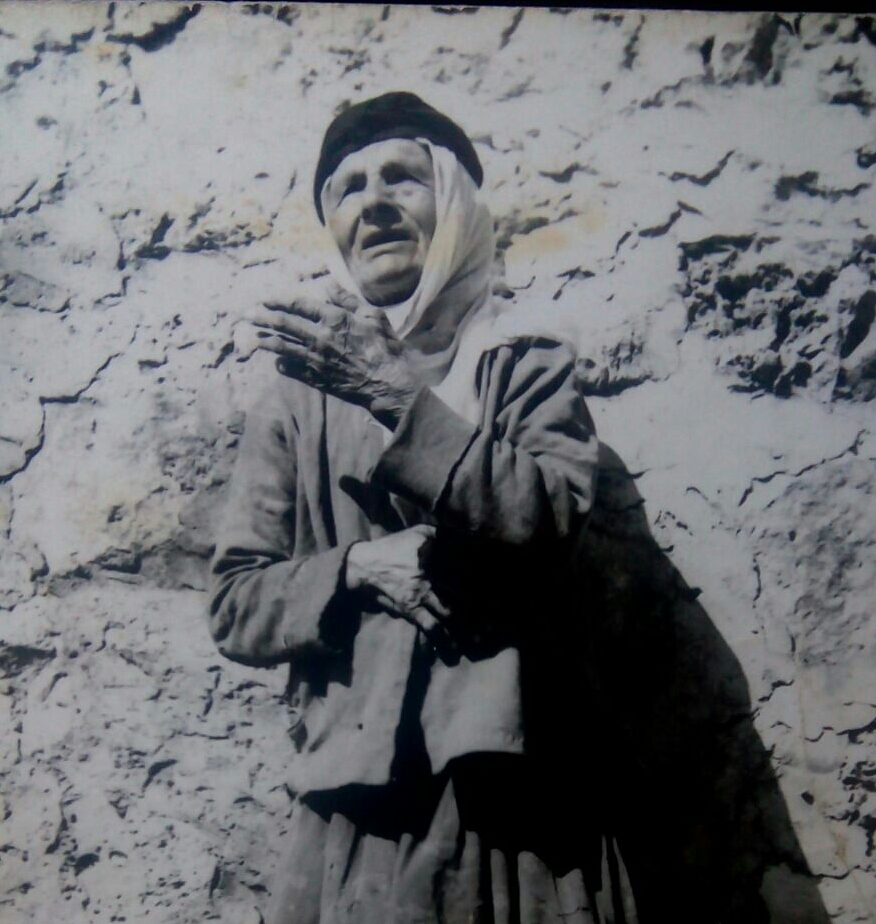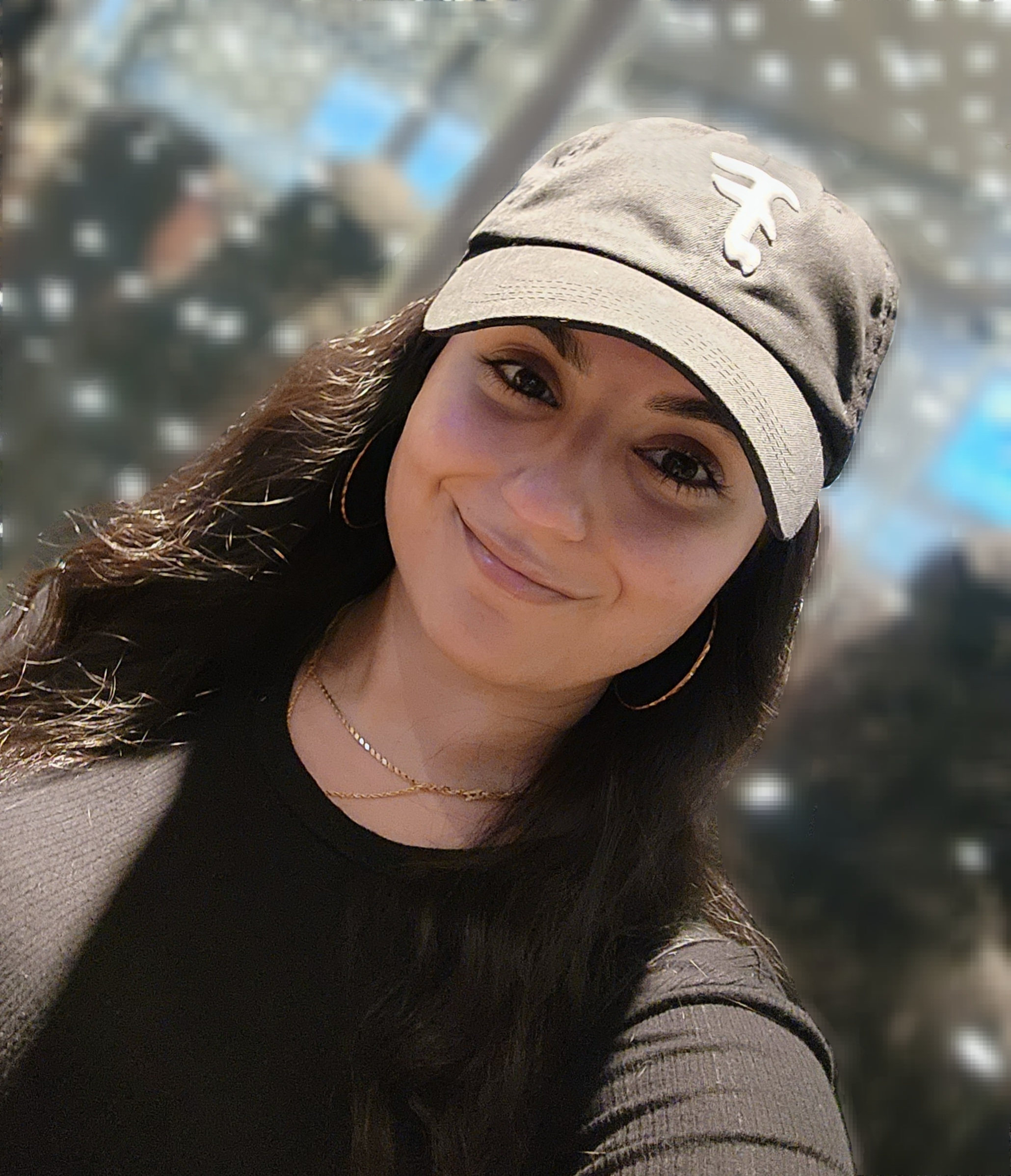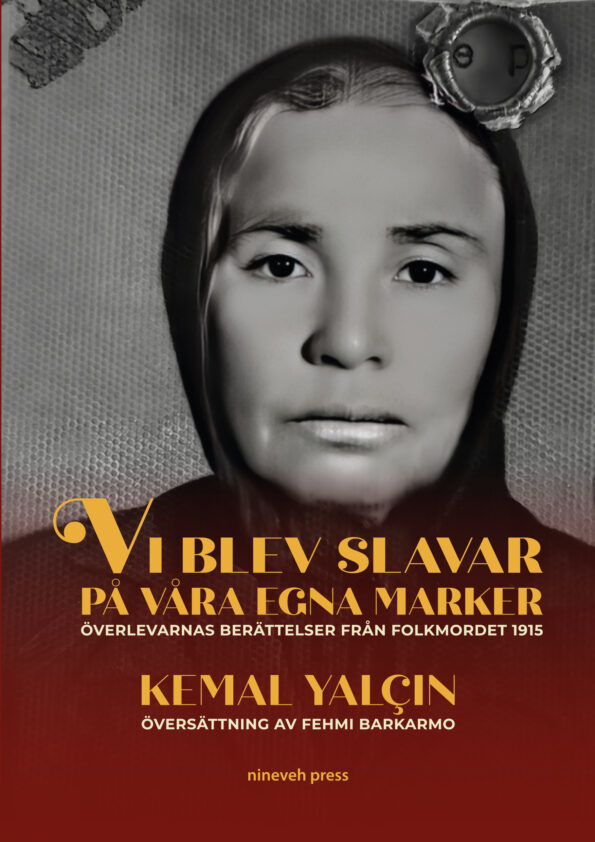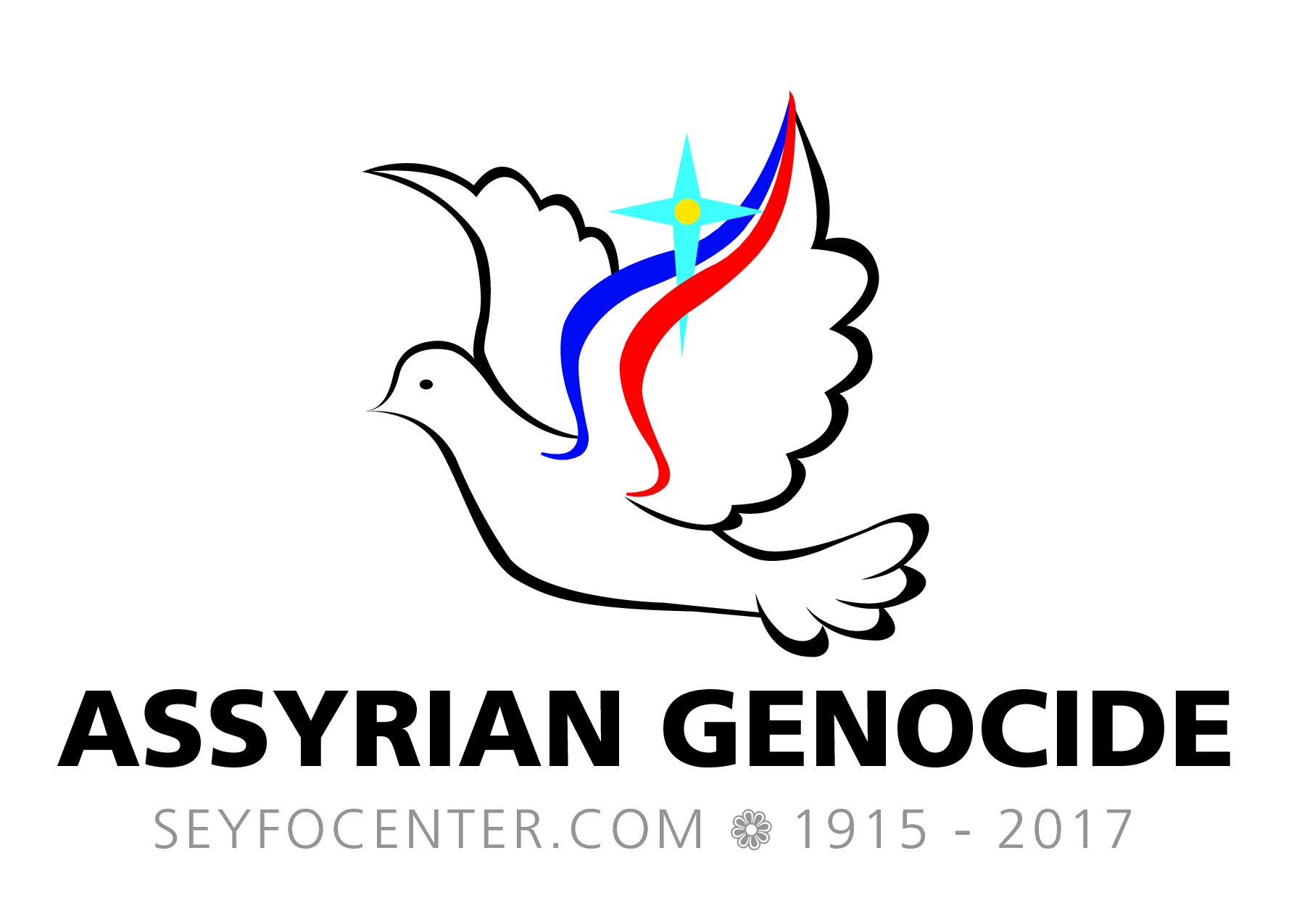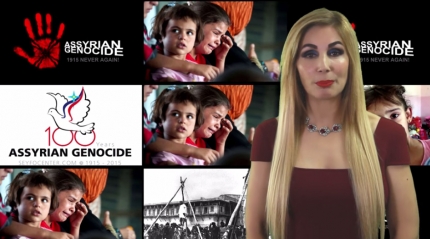By Serhat Ertuna
My great-grandmother, Seyran, was born in 1904. According to the official registers, she was then an Assyrian Christian.
She had 6 brothers and sisters: Isa, Musa, Yosef, Abraham, Gulê and Mence. They lived in the village of Kerkine in Tûrabdîn, whose original name was Assyrian. In the past, only Assyrians lived in Kerkine. Muslim Kurds came later and settled there.
Seyran was 11 years old during the “Seyfo” of 1915—the Assyrian genocide. According to what I partially heard from my family, her father Evdê was shot in the fields by militiamen in July of 1915.
Armed men came to kill the 7 orphans but a man of the village interfered. He stood in front of the door of their house and said: “If you spare their lives, I will convert them to Islam”.
According to the fatwa issued by the religious leaders who encouraged the genocide, “Whoever kills Christians or converts them to Islam will go to paradise.” This is how these 7 orphans were converted to Islam.
Then Seyran was married to the son of the man who saved and converted her. After that, people became silent and the silence has covered the facts until now.
There is an imposing oak tree at the entrance to the village, a tree so old that it looks like a monument. It knows the secrets and pains of the people who lived there. It is called “Dara Xirbe Kuştiya”, which literally means, “The tree of those who were killed in the ruins” There are many deep wells around the oak tree and it is in these wells that the massacred Assyrians were supposedly thrown. The wells were covered with stones and earth. Those seemingly bottomless wells have swallowed our humanity while preserving the traces of atrocity.
Who were these Assyrians? What happened? How did it happen? Who were the killers? Why were they killed? No one talks about it. In genaral, it is denied. Despite the silence and the denial, atrocities were perpetrated. It is a fact! We know it in our families. The truth has been buried under silence and lies for more than a hundred years! I want to break the silence by producing a film about what happened through the eyes of this wise, ancient oak tree, the only living witness so to speak.
I went through dozens of books that made me doubt humanity. Reading about the atrocities that were committed swept me away like a whirlwind, my whole being was driven to the bottom. My feelings, my anger and my thoughts always led me to the same simple question: “WHY?”.
For my film project, I am looking for information about the Seyfo (genocide) and my great-grandmother. I am asking my family members, people who still live in this village and Assyrian descendants and relatives who escaped from this village and scattered all over the world to tell me what they heard from their grandparents.

